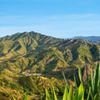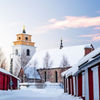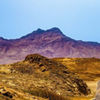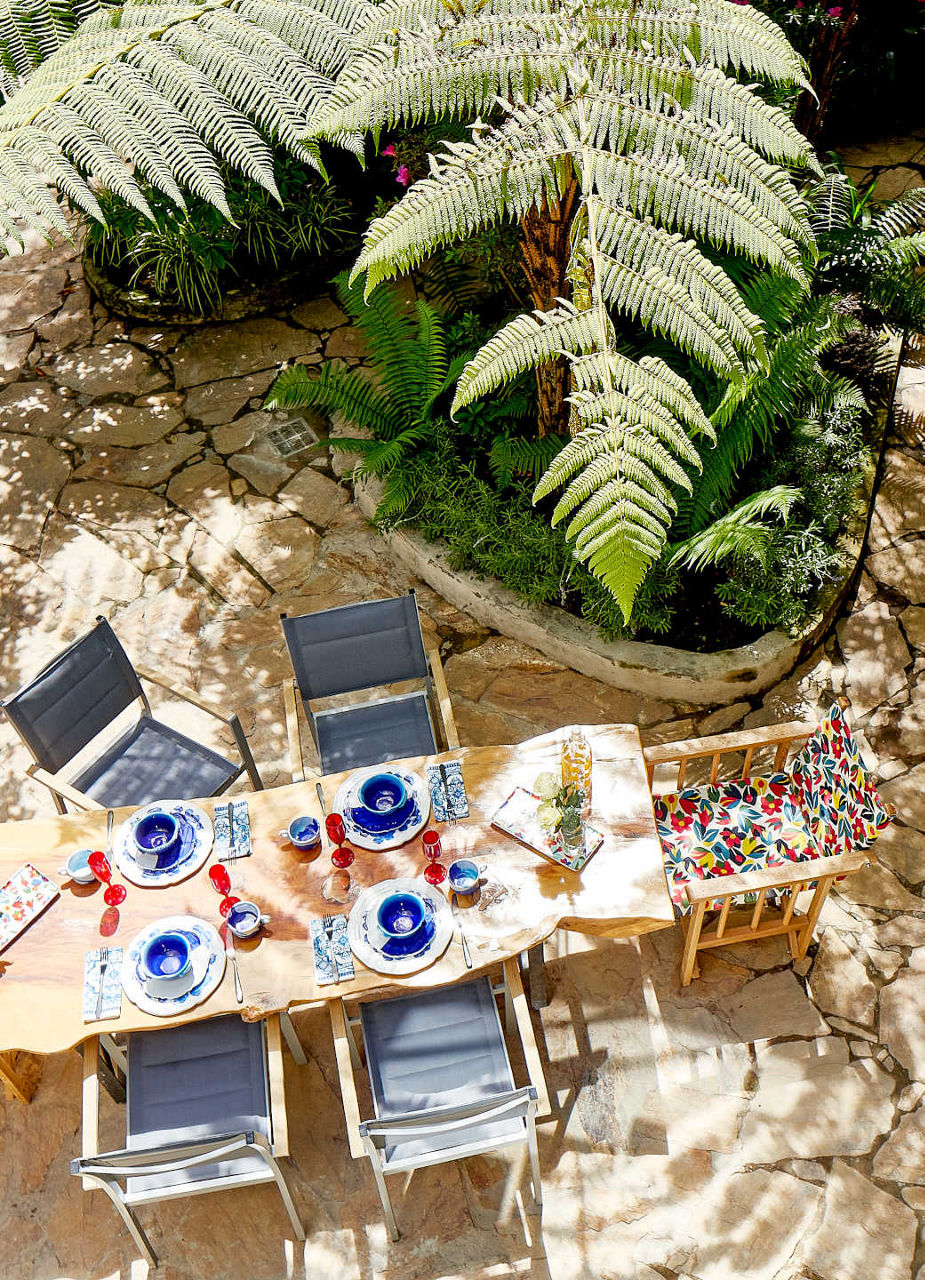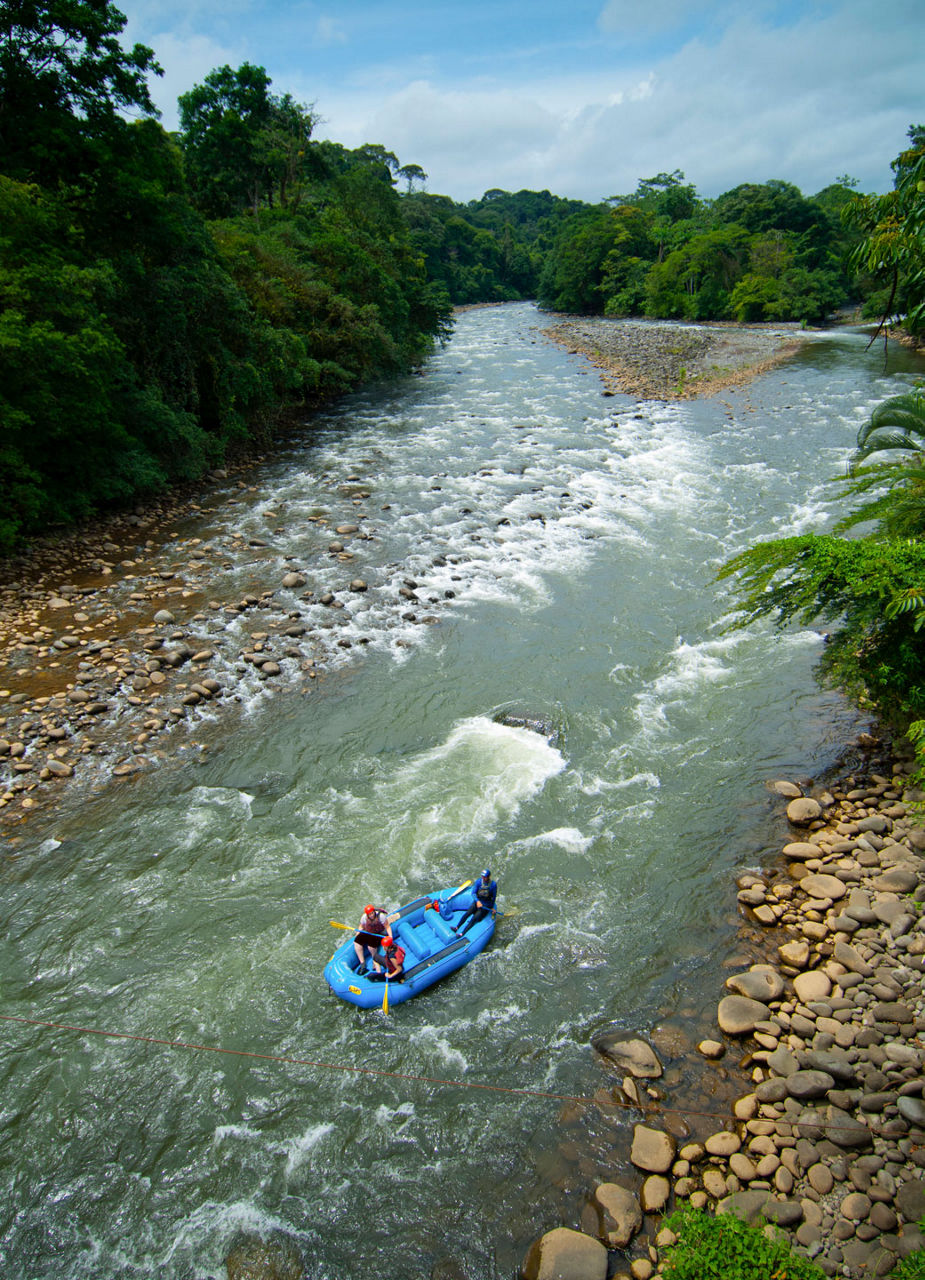
In search of coffee: a day in Colombia’s coffee zone
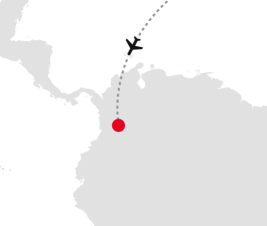
Colombia’s coffee zone – known in Spanish as the “Eje Cafetero” (coffee axis) or “Triángulo del Café” (coffee triangle) – is a cultural and natural paradise, and not just for coffee lovers. Lush green hills and mysterious cloud forests await you here. The mild highland climate, fertile soils and sun-kissed slopes, combined with regular rainfall, create the ideal conditions for producing world-class coffee. After all, not only is Colombia’s Arabica coffee very popular, it is also the world’s third largest coffee producer. Join us for a day in Colombia’s coffee zone.


Stay at a coffee finca
Between the cities of Pereira, Manizales and Armenia lies the Coffee Triangle. If you want to immerse yourself in the world of coffee, the best way is to stay at one of the many coffee fincas on Colombia’s coffee plantations. A coffee tour is included when you stay at the Bosques del Saman Finca Hotel near Pereira, as well as at many other fincas. During the coffee experience, you can look over the shoulders of the coffee growers and learn all about cultivating aromatic Arabica beans – and of course: taste the coffee.


The magic of the bean
The key to Colombia’s world-famous coffee is a tiny bean. Before the coffee cherries can be harvested, they have to start growing from such a bean. The small coffee plants are grown for months in the “coffee nursery” and then moved to the coffee plantation. They bear their first fruit after about three years. While wild coffee trees can grow to a height of eight metres and live for more than 50 years, they are kept as bushes on the plantations and replaced after 20 years at most. This makes harvesting easier and more efficient, as the plant’s vigour is channelled directly into the coffee cherries.


True craftsmanship
On a coffee tour, you will not only experience how the coffee plant grows, but also how the reddish coffee cherries are turned into roasted beans. You can even lend a hand. Most coffee farmers pick the coffee cherries by hand at harvest time and only the ripe, red cherries are harvested. The red cherries are the richest in sugar, just like grapes during the grape harvest. To ensure that the cherries are of the highest quality, after the harvest they are laid out again at the finca and sorted by hand. Using a water bath is also useful here, as the high quality cherries are denser and heavier and will collect at the bottom.

Dry, wet or semi-dry after all
Because a ripe, freshly picked coffee cherry is still up to 60 per cent water, it needs to be processed and dried. First, the coffee beans inside the cherries are removed from their hulls. Coffee farmers use a variety of methods to do this, sometimes including the use of machinery.


To the final classification
After processing, the dried beans are hulled, cleaned and sorted again. The beans are classified by to size, colour and density to determine the quality. This is also usually still done by hand at the finca. While the beans are still green, they are packed and exported all over the world. That’s because most of the Colombian coffee consumed in Europe is roasted after it arrives there.


World-famous flavours
The different flavours are created during the roasting process. The duration and temperature of the roasting process are crucial: lightly roasted coffee has a milder flavour, while darker roasts are stronger. But the path to perfect coffee is not yet complete: the fineness of the grind, the amount of ground coffee used, the quality of the water and the correct brewing temperature also influence the flavour. Colombian Arabica coffee is famous for its round, smooth flavour with hints of slightly sweet nutty or citrusy aromas. When tasting a cup, remember the final tip from the coffee growers: drink it quickly and hot, otherwise the aromas will evaporate and the coffee may end up tasting bitter.

Detour to the world’s tallest palm trees in the Cocora Valley
Fueled by Colombian coffee, you reach the Cocora Valley after an hour and a half drive through the coffee zone. Even from a distance you can spot some very special trees: the wax palm is not only Colombia’s national tree, but also the tallest palm tree in the world. The green hills are dotted with palm trees up to 60 metres high. The “Valle de Cocora” can be explored on foot, by mountain bike or on horseback.

Colourful, vibrant Salento
When exploring the Cocora Valley, make sure you include a trip to Salento. This vibrant little town with its colourful houses, hip restaurants and artisan shops, is just a 20-minute drive away and is the perfect place to unwind after a hike through the Cocora Valley and round off the day in Colombia’s coffee zone. Not only can you enjoy good drinks and local food in the many restaurants, but there are also many locals who can give you some exciting tips for further adventures in Colombia.
All Images by Loren Bedeli (owned by Edelweiss)

